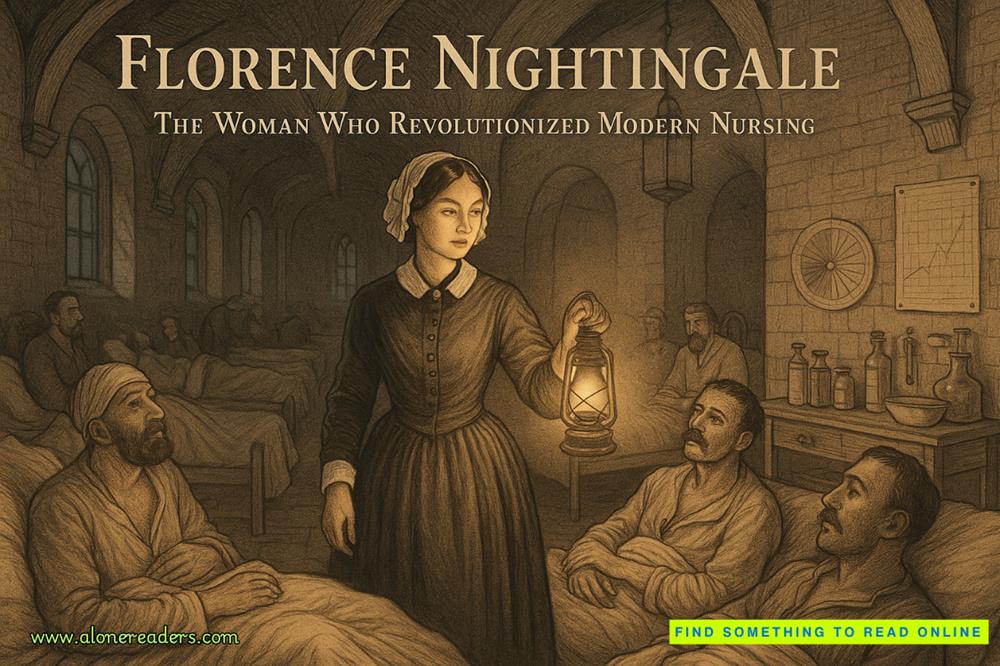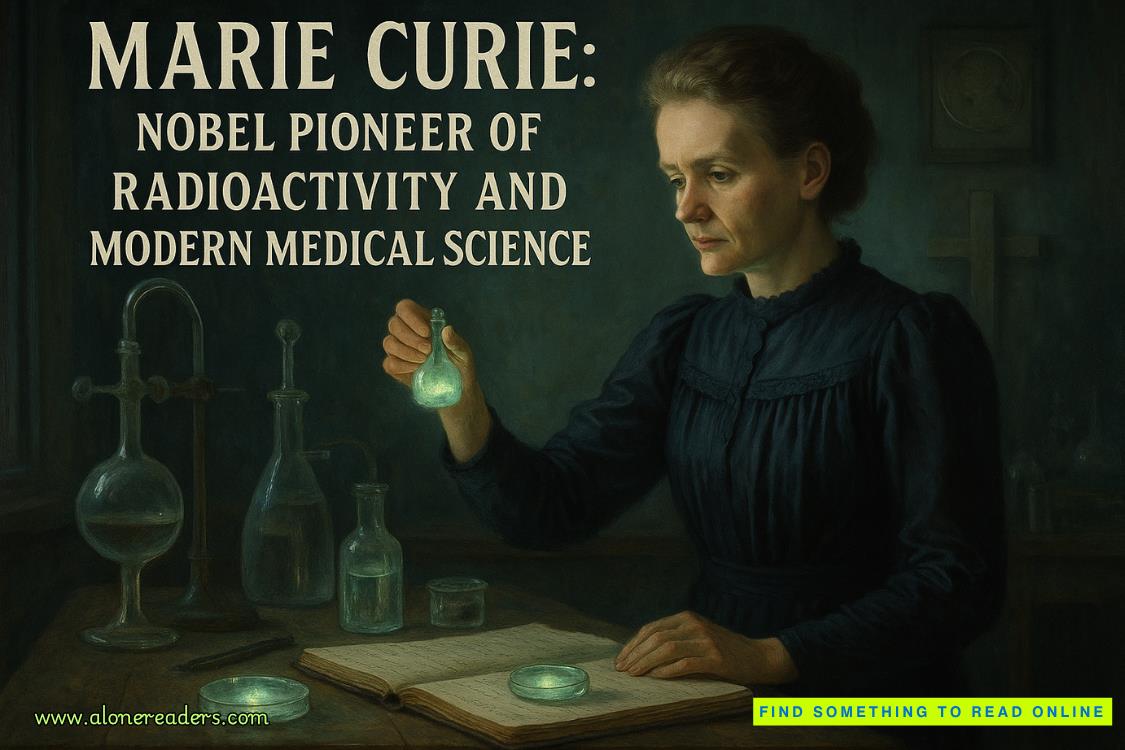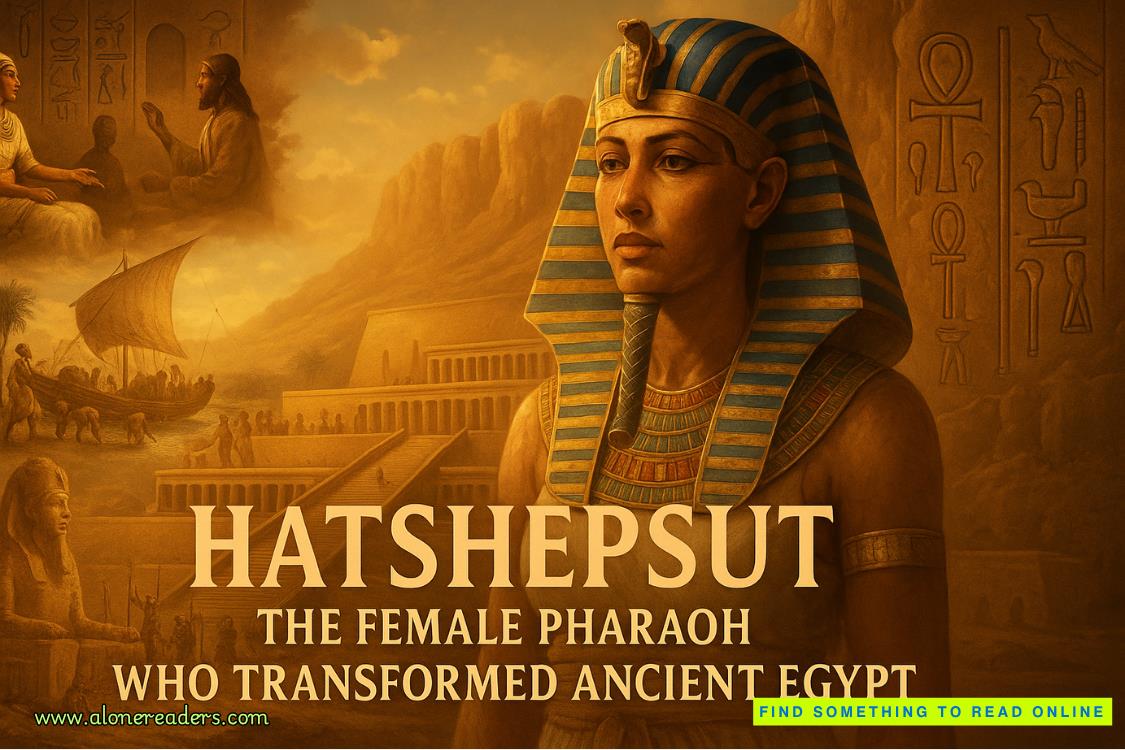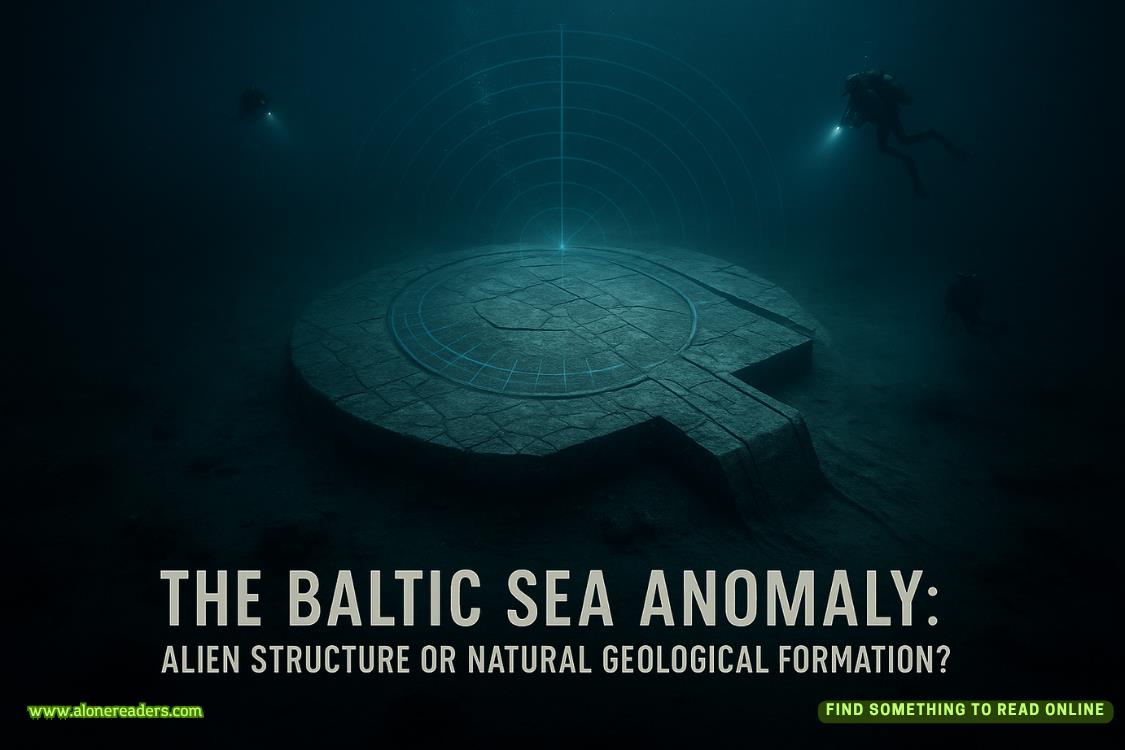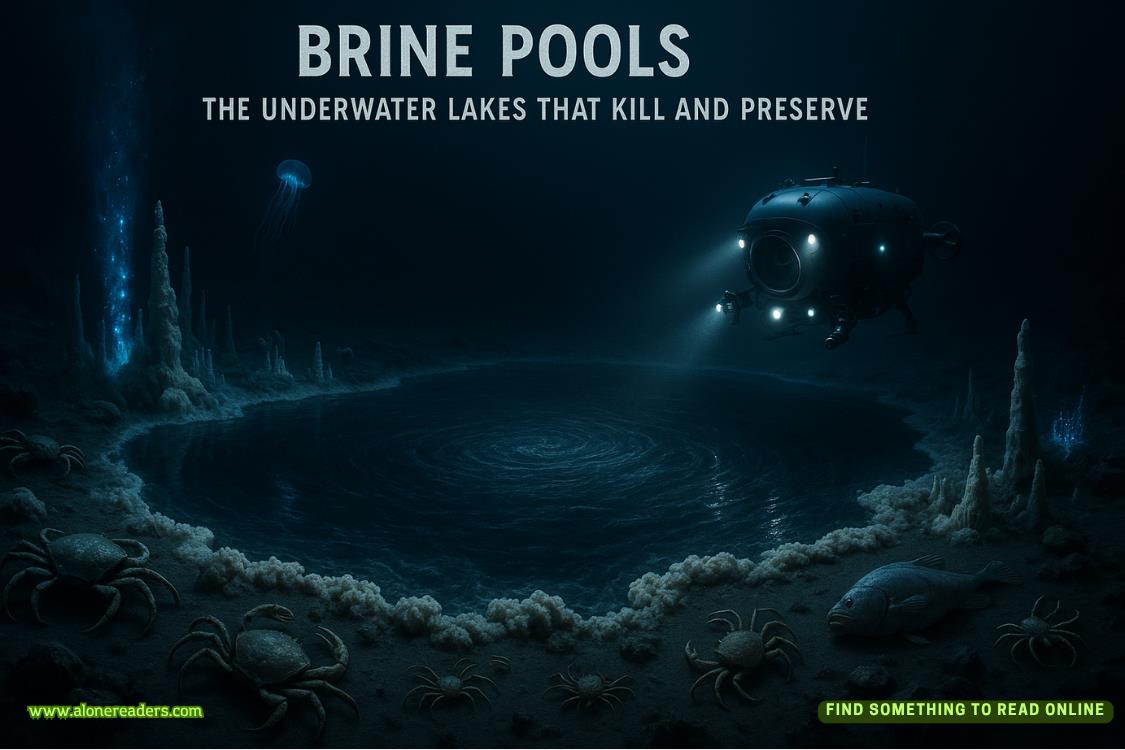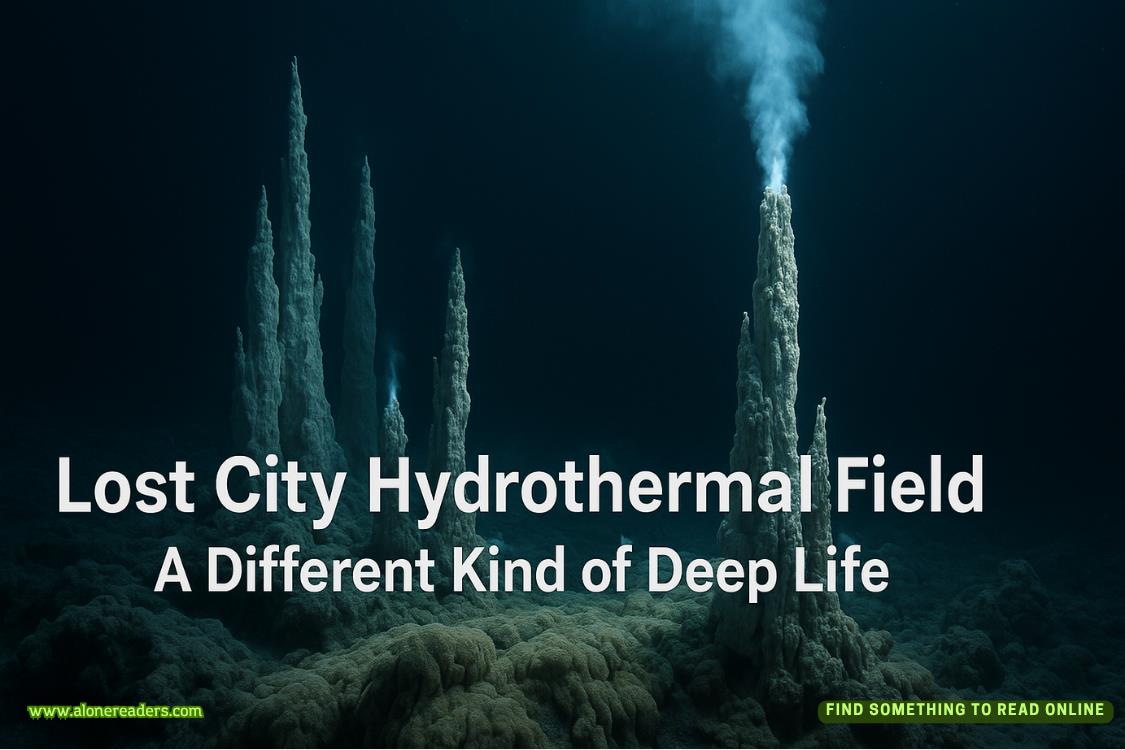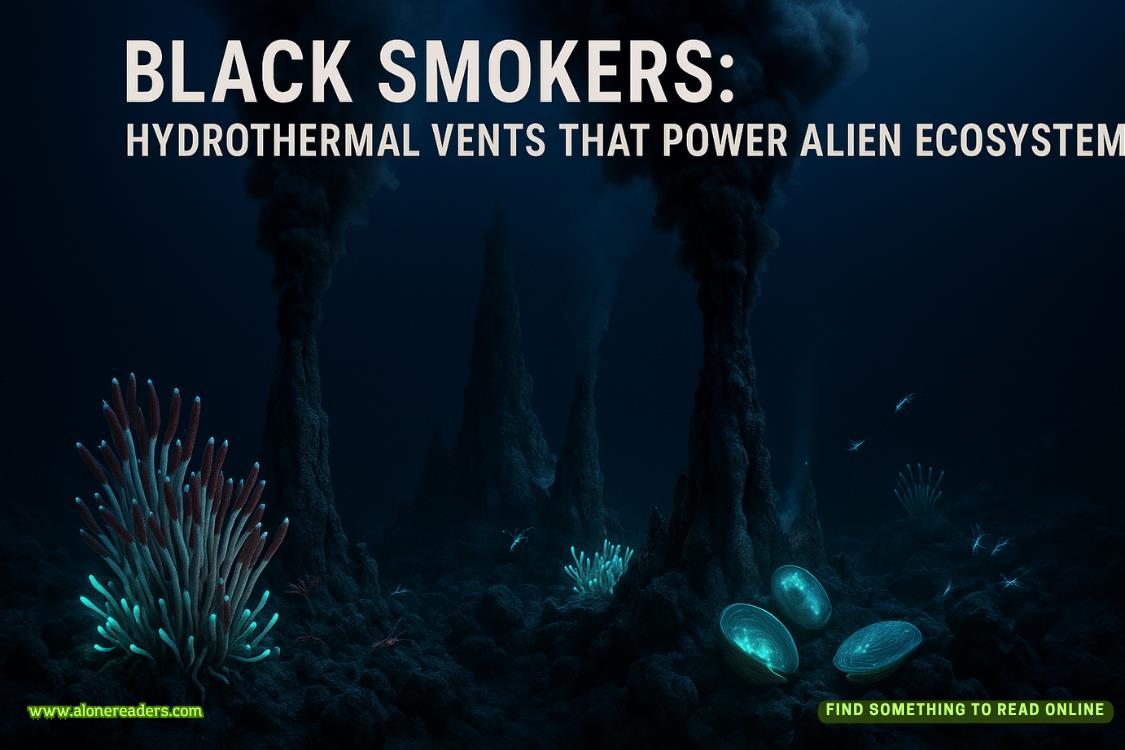Page 48 of Children of the Mind (Ender's Saga 4)
"And Ender," said Val.
"Three," said Miro. "And my sister Ela makes four. And Human was my friend, so it's five."
"See? I think that makes you qualified to show me how to have a friend."
"To make a friend," said Miro, echoing his mother's intonations, "you have to be one."
"Miro," said Val. "I'm scared."
"Of what?"
"Of this world we're looking for, what we'll find there. Of what's going to happen to me if Ender dies. Or if Jane takes over as my--what, my inner light, my puppeteer. Of what it will feel like if you don't like me anymore."
"What if I promise to like you no matter what?"
"You can't make a promise like that."
"Okay, if I wake up to find you strangling me or smothering me, then I'll stop liking you."
"What about drowning?"
"No, I can't open my eyes under water, so I'd never know it was you."
They both laughed.
"This is the time in the videos," said Val, "when the hero and the
heroine laugh and then hold each other."
Jane's voice interrupted from both their computer terminals. "Sorry to break up a tender moment, but we've got a new world here and there are electromagnetic messages being relayed between the planet surface and orbiting artificial objects."
Immediately they both turned to their terminals and looked at the data Jane was throwing at them.
"It doesn't take any close analysis," said Val. "This one is hopping with technology. If it isn't the descolada planet, I'm betting they know where it is."
"What I'm worried about is, have they detected us and what are they going to do about it? If they've got the technology to put things in space, they might have the technology to shoot things out of space, too."
"I'm watching for incoming objects," said Jane.
"Let's see," said Val, "if any of these EM-waves are carrying anything that looks like language."
"Datastreams," said Jane. "I'm analyzing it for binary patterns. But you know that decoding computerized language requires three or four levels of decoding instead of the normal two and it isn't easy."
"I thought binary was simpler than spoken languages," said Miro.
"It is, when it's programs and numerical data," said Jane. "But what if it's digitized visuals? How long is a line if it's a rasterized display? How much of a transmission is header material? How much is error-correction data? How much of it is a binary representation of a written representation of a spoken language? What if it's further encrypted beyond that, to avoid interception? I have no idea what machine is producing the code and no idea what machine is receiving it. So using most of my capacity to work on the problem I'm having a very hard time except that this one--"
A diagram appeared on the front page of the display.
"--I think this one is a representation of a genetic molecule."
"A genetic molecule?"
"Similar to the descolada," said Jane. "That is, similar in the way it's different from Earth and native Lusitanian genetic molecules. Do you think this is a plausible decoding of this?"
A mass of binary digits flashed into the air above their terminals. In a moment it resolved itself into hexadecimal notation. Then into a rasterized image that resembled static interference more than any kind of coherent picture.
"It doesn't scan well this way. But as a set of vector instructions, I find that it consistently gives me results like this."
